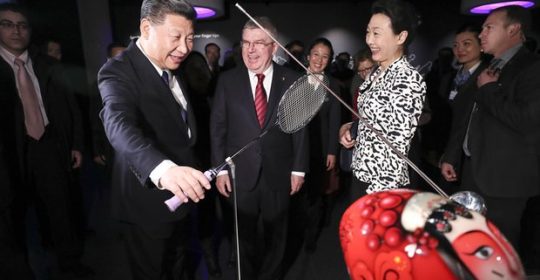
New US administration unlikely to be awed by China’s year-end spurt
GDP growth improved to 6.8% but only after a 19% increase in public investment and a lighter touch on real estate borrowing
The silver lining in China’s disappointing 2016 growth figures was the pickup in performance at the end of the year. Or so it seems.
Annualised GDP growth improved to hit 6.8% in the final three months of 2016, compared with the previous quarter’s 6.7%, in a show of strength that a wary Donald Trump will see as further evidence of Beijing’s trading prowess.
It is unlikely, however, that the new White House administration will miss the startling fact that it took a 19% increase in public investment and a lighter touch on real estate borrowing to reverse, if only for one quarter, the fortunes of the world’s second largest economy.
Without an injection of government funds and higher borrowing by construction companies and developers, both of which Trump plans to emulate, China’s growth would likely have been outside the 6.5% to 7% target range it set itself. As it was, an assessment of 2016 found that its full-year performance was still the weakest in nearly three decades.
Beijing and the US are on different paths though. It is widely thought that a Trump stimulus will overload an economy already running at full capacity – think of the obese diner eating a wafer thin mint in Monty Python’s Meaning of Life – while Beijing is managing a long decline in growth as it attempts to wean itself off the diminishing returns from export-led growth.
Alarm bells ring when the slowdown is too strong and unemployment begins to grow. President Xi Jinping has reacted to this by switching on the public sector spending taps.
Analysts said house prices also surged, but regulators are taking steps to cool the market, which will depress this year’s performance.
Diana Choyleva, the chief economist at Enodo Economics, said: “China cannot adjust to a more sustainable system without pain. Reforms will be deflationary and cannot happen with an overvalued currency.”
She expects a 10% devaluation in the yuan this year if Beijing reins in lending. A devaluation might go unnoticed in Washington for a while, but with Trump threatening to slap tariffs on Chinese goods if the dollar strengthens against the yuan, it could spark a disastrous trade war.
Read More: https://www.theguardian.com/business/2017/jan/20/new-us-administration-unlikely-awed-china-gdp-growth-spurt
Leave a reply →